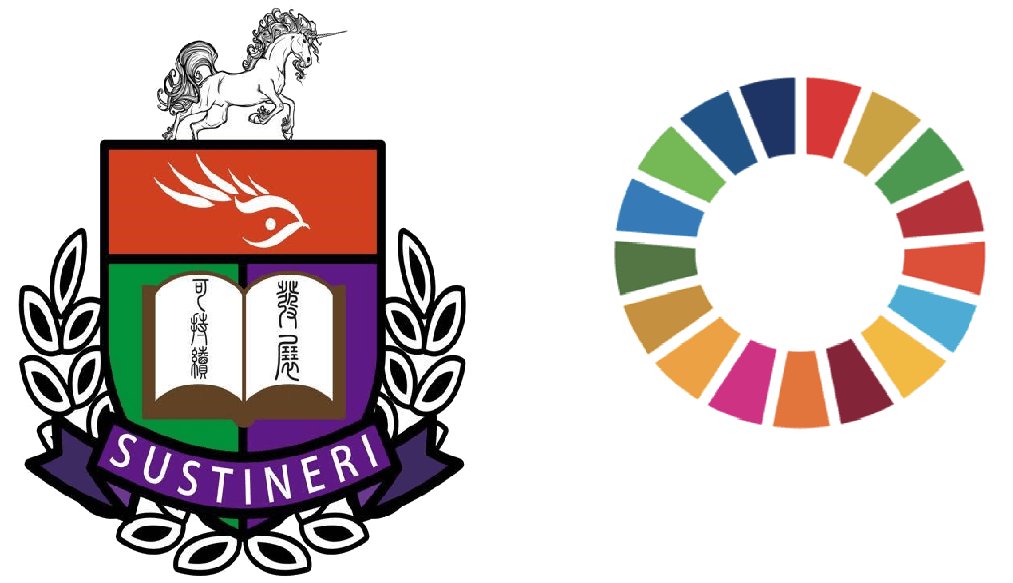With heightening awareness of climate change, green manufacturing has become the latest trend for the fashion and textiles industries globally. Enterprises around the world, including large-scale international fashion corporations, are planning to go green and sustainable. For instance, one well-known sportswear brand has promised to reduce greenhouse gas emissions by 30% by 2030. Meanwhile, another large fast fashion brand is aiming to use 100% sustainable materials by 2030 and be climate-positive across its value chain by 2040. From an environmental point of view, green manufacturing is very meaningful as it helps to protect the planet and to combat climate change. From the business point of view, green manufacturing can also be beneficial for companies because it can increase resource efficiency, save costs, and promote brand images. According to several research, customers are more willing to pay for green products and patronise companies that provide environmental-friendly benefits. In recent years, the following three trends in green manufacturing have drawn increasing attention in the fashion and textiles industries.
- Moving towards smart manufacturing
- Traditional manufacturing often consumes a large amount of resources and produces much waste. To facilitate the measurement and improve the productivity, more and more companies are applying various digital or smart technologies to track and manage resource consumption throughout production, including the application of Internet of Things (IoT), automation, artificial intelligence (AI) and data analytics. The advancement of digital technologies provides golden opportunities for companies to improve the efficiency of their manufacturing processes and thus promote their performance in sustainability. Smart manufacturing enabled by latest digital technologies can reduce errors and defects, thus minimising resource consumption and waste generation during product design, production, and transportation, so as to help protect the environment.
- Increasing interest in applying recycled materials
- Fashion is a constantly changing industry and the industry shows growing interest in recycled materials. One of the most frequently used recycled materials is made of recycled polyethene terephthalate plastic bottles. Its tactile impression is similar to that of traditional polyester. Increasingly more brands are using this material to make their products. Through technological development, more and more other recycled materials are used in the production of clothing such as cotton, vegetable and fruit by-products like pineapple leaves and wood fibres, etc.
- Promoting a circular economy
- With the depletion of many natural resources, people are encouraged to embrace the idea of a circular economy instead of disposing of used products in the society nowadays. Waste can be considered valuable resources. By extending the lifetime of a fashion product through material technology and proper care, or by recycling it into other products, useful materials can be reused and will thus not end up in the landfill. Consuming fewer virgin materials while generating less waste can help lower production and logistic costs for better financial performance.
Shifting to recyclable materials, achieving a circular economy and embracing smart manufacturing represent the latest global green manufacturing trends for the fashion and textiles industries. To contribute to environmental sustainability and enhance market competitiveness, companies are encouraged to consider reviewing their own strategies and be prepared for these green trends to grasp future business opportunities.
References:
https://www.fastradius.com/resources/sustainable-manufacturing-trends/
https://www.reliableplant.com/Read/31850/sustainable-manufacturing
https://fairtradefinder.com/blog/clothes-made-from-recycled-materials/
https://www.adidas-group.com/en/sustainability/focus-sustainability/our-targets/
https://hmgroup.com/wp-content/uploads/2022/03/HM-Group-Sustainability-Disclosure-2021.pdf




